
Due Diligence for Global Deal Making
The Definitive Guide to Cross-Border Mergers and Acquisitions, Joint Ventures, Financing, and Strategic Alliances
Recommendation
As with marriage, the success rate for global deal-making should give the wise investor pause. Most such mergers and acquisitions do not increase shareholder value. Even with the fallout from the burst bubble still landing all over the place, the juggernaut of globalization is such that international deals still manage to engender a lot of passion; it seems the grass is always greener on the other side of the border. Business leaders know that sometimes the riskiest move is the one they decide not to make, since a good strategic acquisition can ensure your company’s survival. For these reasons, interest in cross-border transactions will probably remain strong, as industries consolidate and as global economic barriers collapse. However, deals that involve foreign accounting and legal practices can be absolutely perilous without expert professional guidance. This clearly written, thorough compilation can help you avoid making a bad decision and improve your odds of success. getAbstract.com strongly recommends it to anyone involved in (or considering getting involved in) global deal making.
Summary
About the Author
Arthur H. Rosenbloom is a member of the arbitrator’s panel for the New York Stock Exchange and the American Arbitration Association, as well as an adjunct professor of finance at New York University’s Stern Graduate School of Business and managing director of CFC Capital Corp. He has been widely published in business periodicals.


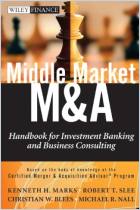
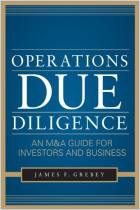
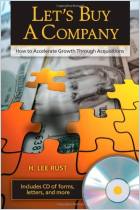
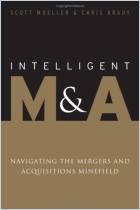
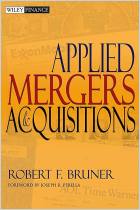
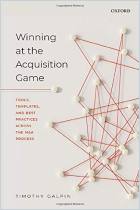









Comment on this summary